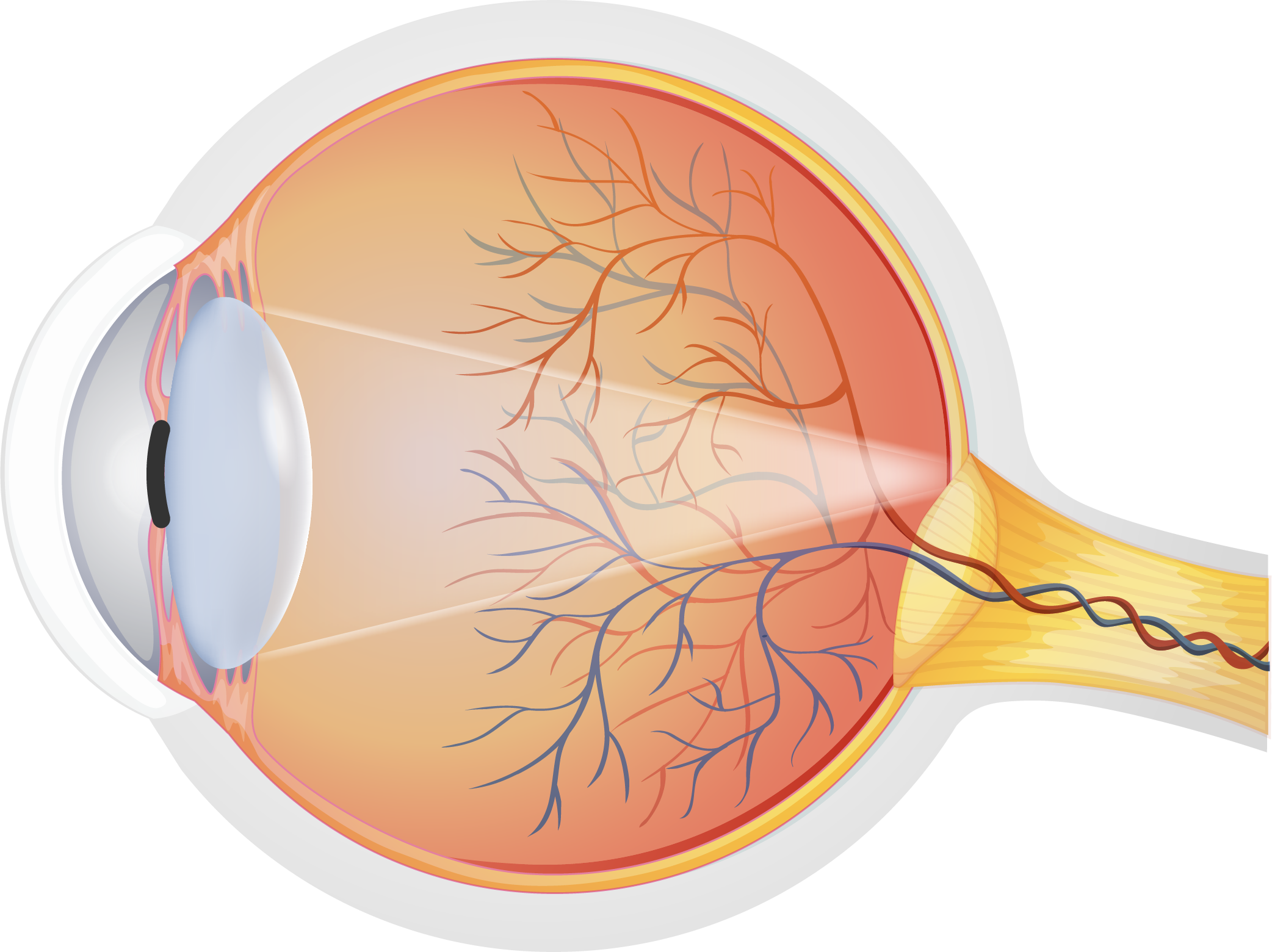Ophthalmological diseases
Here you can discover the most important eye diseases and we will help you to recognise their symptoms and tell you how each condition is treated.
Cataract
What are cataracts?
Cataracts are a condition of the crystalline lens, which is situated behind the iris and refracts the light entering the eye so that we can see. In the case of cataracts, the crystalline lens, which should be transparent, gradually becomes cloudy and opaque, preventing light from reaching the retina clearly. That is why patients with cataracts tend to experience progressive vision loss. It is a condition that is mostly linked to ageing and the progressive degradation of the proteins of the lens that occurs with age (in 80% of cases), but it can also be caused by damage resulting from different diseases or from taking specific medications; it can even be congenital.
Although the main cause of cataracts is ageing and associated degradation of the lens, they can also occur in young patients or at birth (congenital cataract), and they may be due to factors other than age, such as having family members with cataracts, trauma or other eye injuries, medical problems such as diabetes, high blood pressure and obesity, exposure to the sun without eye protection, using certain drugs such as corticosteroids and smoking. It is a common problem and is the leading cause of visual disability in the world, and its prevalence is expected to increase with the rise in life expectancy and the progressive ageing of the population.

Healthy eye

Cataract
Symptoms
Symptoms commonly noticed by patients with cataracts are:
- Blurred, cloudy and sometimes double vision
- Strong sensitivity to light (photophobia)
- Reduced sensitivity to colour, contrast and relief
- Difficulty seeing well at night and worse vision on sunny days
- Increased myopia (unclear distant vision), and sometimes recovery of near vision
- Loss of assurance when walking or going up/down stairs
- Frequent changes in glasses prescription
Treatment
The only effective treatment for cataracts is surgical removal of the opaque lens. Surgery should be considered once the patient’s symptoms no longer allow them to carry out normal activities and significantly reduce their quality of life. Otherwise, surgery is not necessary and, in some cases, the problems caused by the disease can be corrected by wearing glasses.

